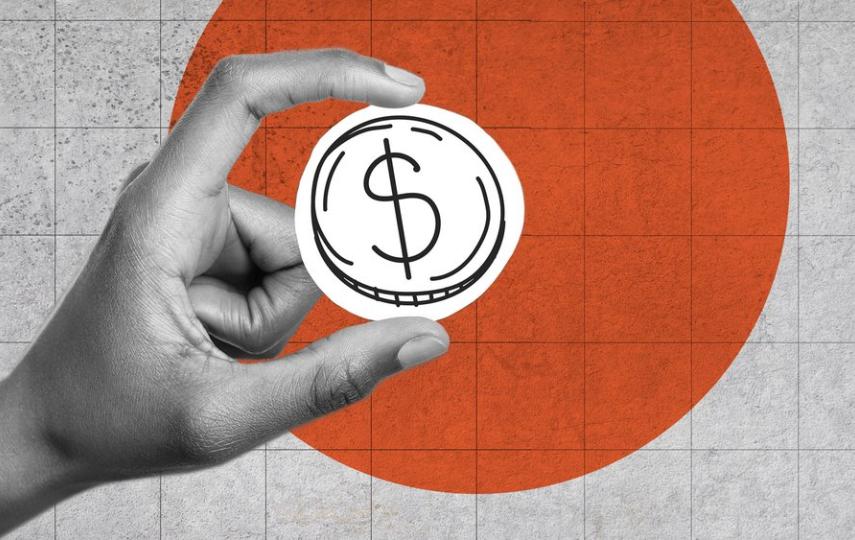Aid from the world’s biggest donors is reaching record levels, according to the latest assessments. But as usual, there’s nuance behind the numbers.
Official development assistance (ODA) from the world’s largest aid-providing governments totalled $185.9 billion in 2021, according to statistics finalised in December by the intergovernmental Organisation for Economic Co-operation and Development, or OECD.
The figures cover foreign aid from members of the OECD’s Development Assistance Committee – a donors’ club including wealthy governments from Europe to North America, and Japan to Australia.
The numbers are boosted by spending on COVID-19 support that controversially includes vaccine doses – some of which wealthy countries hoarded then donated close to expiry.
The self-reported numbers show that while ODA continues to rise in real terms, wealthy countries are failing to hit a long-standing target to commit 0.7% of gross national income, or GNI, to aid.
Significant amounts continue to be spent on refugee costs at home, even though it’s labelled as foreign aid (and even as soaring humanitarian needs outpace donor funding). Critics warn this trend is likely to mushroom in the coming months as figures for 2022 – when countries rushed resources to help Ukrainians fleeing Russia’s invasion – start to appear on the ledger.
Here are three charts that illustrate these trends:
Aid rises, but GNI tells a different story
The proportion of a country’s gross national income earmarked for ODA is one way of measuring a country’s aid relative to its wealth. The OECD statistics show that only five countries hit the 0.7% goal in 2021: Denmark, Germany, Luxembourg, Norway, and Sweden.
Most countries fell well short. Official development assistance for the 31 DAC members came in at about 0.33% of their combined gross national income.
Foreign aid spent at home rivals humanitarian budgets
DAC countries tend to have a generous interpretation of how to count official development assistance.
There are grants and loans. Debt relief counts. So does COVID-19-related funding, which added up to about 12% of total ODA in 2021.
One of the most controversial aspects is that many DAC countries count some of the costs of helping refugees at home as part of their development assistance. And it’s not a negligible amount: It’s comparable to what countries say they spend on humanitarian aid, which already falls far short of yearly needs.
These in-country refugee costs topped humanitarian aid budgets for the first time in 2016, as many nations boosted spending during the so-called migration crisis in Europe, which saw a rise in refugees and migrants from Syria and beyond.
In 2021, DAC countries, the main funders of the international humanitarian system, spent about $20 billion on emergency aid. They counted at least $12 billion in in-country refugee costs as official development assistance.
Some countries claimed as much as 10% of their ODA for refugees on home soil.
Critics like Oxfam say this “aid diversion” is becoming entrenched in donor policy.
It’s also likely to expand significantly as the effects of the Ukraine crisis on 2022 spending – already affecting the balance sheet in other emergency responses – become clearer. The OECD is scheduled to release its preliminary statistics for 2022 aid in April.
Edited by Andrew Gully.






